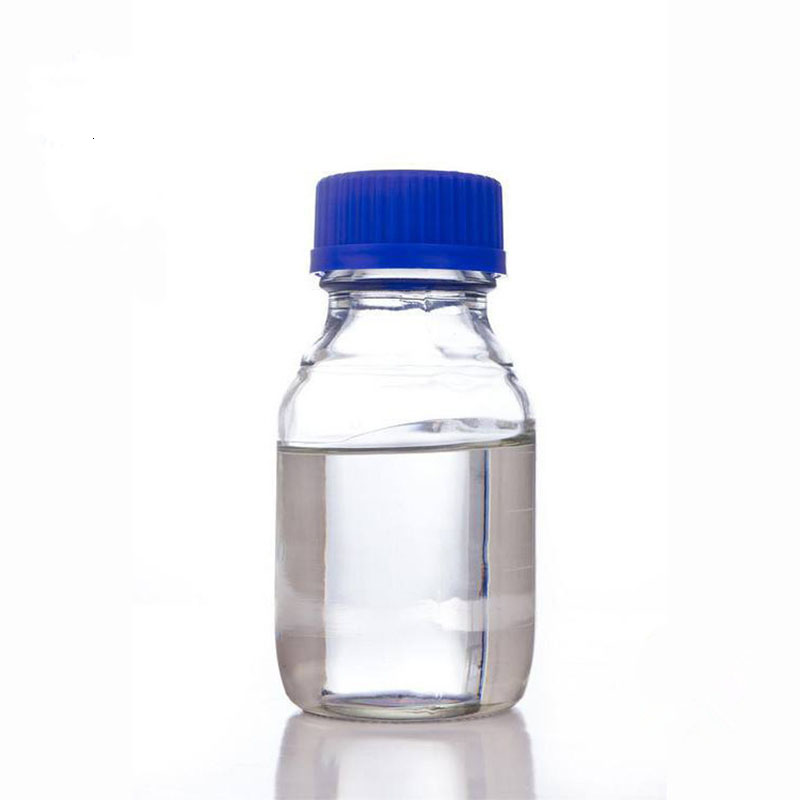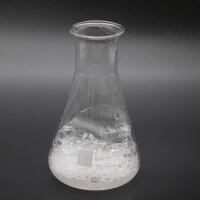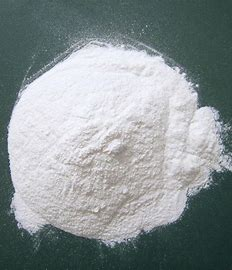Professional solutions on concrete addtives, Concrete Foaming Agent, Superplasticizer, CLC Blocks Additives, and foaming machine
(Scientists’ research journey on Mars building materials – In 2017, US scientists confirmed that Martian soil can be used to make bricks and super-reinforced concrete)
The specific brick-making process can be divided into two steps. The first step is to place the soil in an elastic container, such as a rubber tube, and the second step is to perform firm compression, such as using a 5 kg hammer to drop from a height of 1 meter. A flat, round soil sample can be compressed.
A structural engineer from the University of San Diego who serves as the project's principal investigator said in an interview that this is significantly different from making building materials on Earth. Typically, soil particles must be mixed with some particular type of binder to remain rigid. Adhesives work like glue to hold materials together. There is a specific chemical component in the Martian soil simulant, which acts like a natural binder and gives the experimental soil strength after being compacted.
He also said that the properties of the Martian soil simulant are still fundamentally different from the actual Martian soil. Still, if the new brick-making technology is proven to be suitable for Martian soil, this will be a piece of good news for anyone who dreams of immigrating to Mars. It is good news. In the future, people will need a lot of equipment to live on Mars. Simply relying on launch and transportation from the Earth will not only be a complicated process but also expensive. People who live farther away from the Earth should depend less on transporting materials; otherwise, they will not be able to develop living space.
In the past, NASA has been planning to return to the moon, so engineers have been looking for ways to turn lunar soil simulants into building materials. Unlike Martian soil, however, lunar soil requires a binder to hold it together. The more adhesive needed, the more cargo has to be shipped from Earth, so the team has been looking for ways to use as little adhesive as possible. In the past, building materials required about 15% binder. Now, through advanced compression technology, only 3% binder content can be used to create strong moon brick materials.
After 2010, NASA shifted its research focus to Mars and found that the same compression mode was also very effective on Martian soil simulants. At first, the researchers found that only 6% of the adhesive could be used to form bricks. Later, in order to test the critical value of the soil for brick formation, the researchers continued to reduce the amount of adhesive and found that the Martian soil itself could stick together. When the iron oxide in the soil is crushed, it breaks easily, creating a clean, flat surface. When the surface is compacted, a high-strength compression-resistant interface can be formed.
Once Martian soil can be used to make bricks, it can be used to build spacecraft landing sites on Mars. However, researchers also pointed out that brick-making is not a complete solution. After all, houses still need to be built on Mars. The research team only made micro-bricks. More giant Mars bricks may not function well, and it needs to be clarified how long the bonding performance lasts. In addition, the particles in the soil bricks will gradually spread into the air. Once the particles are too large, they will cause health problems. The perchlorate contained in the soil bricks also has a toxic effect on the human thyroid gland. Therefore, pressed Martian soil bricks require more research support to understand the risks of use.
Supplier
TRUNNANO is a supplier of concrete superplasticizer, which is concrete and relative products with over 12 years experience in nano-building energy conservation and nanotechnology development. It accepts payment via Credit Card, T/T, West Union and Paypal. Trunnano will ship the goods to customers overseas through FedEx, DHL, by air, or by sea. If you are looking for high quality concrete superplasticizer, please feel free to contact us and send an inquiry. (sales@cabr-concrete.com).
(Scientists’ research journey on Mars building materials – In 2017, US scientists confirmed that Martian soil can be used to make bricks and super-reinforced concrete)







